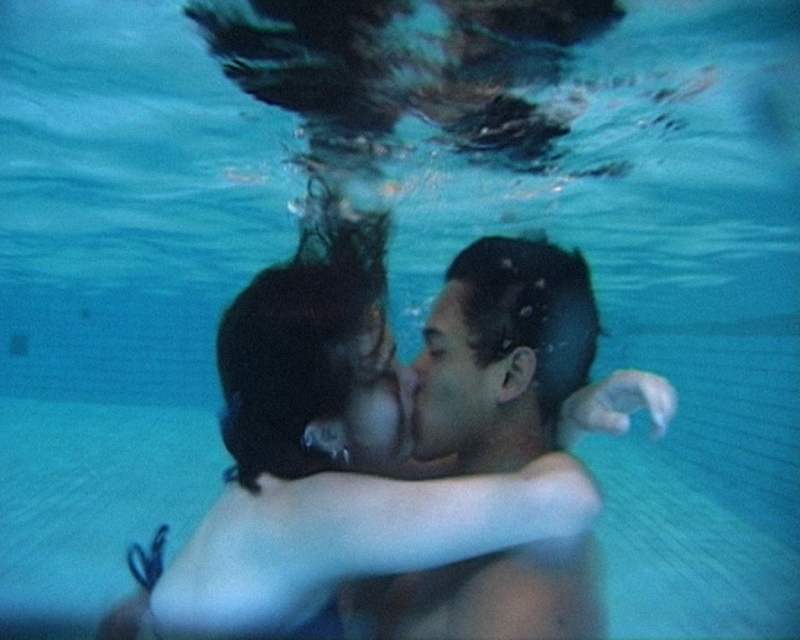Northern Lights - Scandinavian documentaries at WATCH DOCS | WATCH DOCS
Jump to contentNorthern Lights - Scandinavian documentaries at WATCH DOCS
The Big Docs retrospective is one of the most anticipated elements of the WATCH DOCS program. In the festival’s jubilee year, the section’s curator — Weronika Adamowska — turns viewers’ attention to the north of Europe, presenting a selection of films that not only shaped the history of documentary cinema but also carved out expressive, daring, and often rebellious paths for its development. Northern Lights brings together filmmakers who changed the way we look at documentary itself. It is cinema that is raw, ironic, poetic — aimed with precision at the core of human experience, and still strikingly fresh. Each screening in this section will be preceded by a short introduction by film scholars to help audiences immerse themselves in the region’s aesthetic and cultural context.
The program naturally includes the work of Jørgen Leth, one of Denmark’s most influential formal innovators. In his cult classic The Perfect Human (1967), Leth tests the limits of observation with surgical precision: an elegantly dressed couple performs mundane actions inside a stark, sterile white space, like specimens in a human laboratory. Beneath its cool, constructed form, the film emerges as a sharp critique of social fantasies surrounding “normality” and “perfection.” Life in Denmark (1972), by contrast, is an ironic conceptual deconstruction of national clichés: one hundred Danes — from the finance minister and a professional cyclist to a provincial women’s group — appear before the camera as embodiments of the roles society projects onto them. A more intimate counterpoint to these experiments is Leth’s later film Aarhus (2005), a nostalgic journey to the places of his childhood.
A cornerstone of the section is the best-known work by Finnish master Markku Lehmuskallio and his son, Johannes — Anerca: Breath of Life (2020). This poetic collage combines anthropological observation, rhythmic musical motifs, and a meditative portrait of Inuit, Chukchi, and Sámi life. Lehmuskallio shows how — despite modernization and the pressures of postcolonial reality — an ancient sense of community has endured.
At the opposite emotional extreme sits the punk-spirited classic by Jörn Donner, Fuck Off! Images from Finland (1971). Donner dismantles idealized visions of the “happy North,” portraying Finland of the 1960s as a landscape of anger, poverty, and profound social frustration.
The section also showcases two early films by Ruben Östlund. Let the Others Deal with Love (2001) is a tender, unexpectedly light portrait of young men navigating the first dilemmas of adulthood — already revealing Östlund’s signature: meticulous observation of micro-behaviors, irony, and precise attention to social roles. More direct and emotionally painful is Family Again (2002), in which Östlund — camera in hand — attempts to piece together his family years after his parents’ divorce. The result is a disarming portrait of relationships that wound rather than heal, and a search for something that may never have existed. Finally, Raw Youth (2004) by Margreth Olin — a Dogma-style documentary shot without embellishment — follows high-school students in Oslo as they navigate a multicultural, hyper-modern, and deeply demanding world. It stands as one of the most important documentary portraits of youth ever made.
